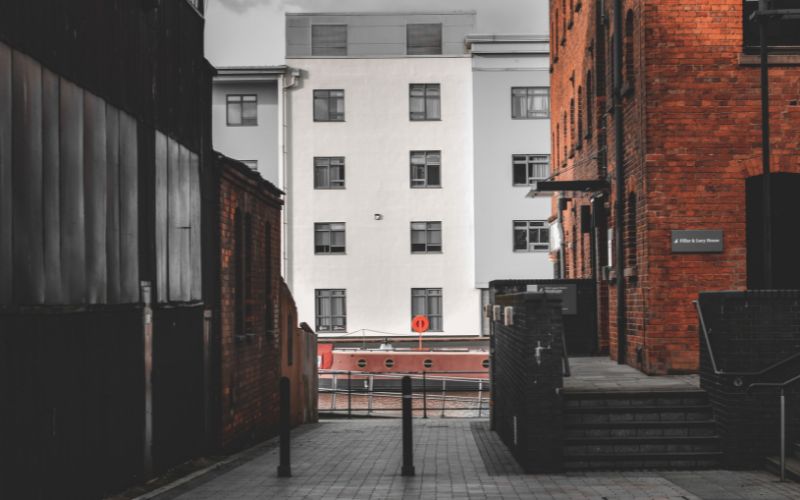Ministers stated that these schools will not be able to reopen until safety works have been carried out, leaving thousands of pupils starting the autumn term at home.
Whilst this may seem like a very recent issue, Sillence Hurn has been reporting on the dangers of RAAC for the last year. So, here are our five key things you need to know about reinforced autoclaved aerated concrete.
Short life expectancy
One of the main reasons why RAAC has become such a concern recently is because its lifespan, at max, is 30 years.
This type of concrete was used in construction between the 1960s and the 1980s which means if RAAC is still present then it is past its 30-year threshold, increasing the likelihood of collapse or structural damage.
What already was a weak concrete will now have deteriorated significantly due to aging processes and a number of environmental factors, threatening the structural integrity of the property that has it.
Different forms of RAAC
Whilst slabs of reinforced autoclaved aerated concrete are the concrete’s most common form, RAAC has also been used as structural planks in the past.
It was actually the sudden collapse of a RAAC plank, which was previously considered safe, that was the catalyst for the closure of more than 150 schools and colleges across the UK on Thursday night.
These RAAC planks can be either grey or white with arc-shaped stripes across the face, typically sporting a slight chamfer on each edge, measuring 600mm wide and 2.4m long - but this can vary.
Concrete characteristics
RAAC was once hailed for its thermal properties and for how well it supported other structures, which is why it is commonly found in school roof decks and other public sector buildings.
Unlike concrete today, RAAC is a weaker ‘bubbly’ form of concrete that crumbles when touched, unless heavily painted, sporting an open texture.
Traditionally it has been used for most flat-roof structures but has been found on sloped and pitched roofs as well.
Limited RAAC records
Many of Britain’s buildings were damaged or destroyed during the Second World War, which left the Government with a housing crisis on their hands in the years following.
In a bid to ‘build back Britain’ RAAC was a cheap, short-term construction solution that was mostly used for schools and other public sector buildings, such as hospitals, and even for some social housing properties.
However, detailed documentation about the installation of RAAC is scarce, making it difficult for modern day developers to understand the age, strength, quality, and composition of the concrete in most buildings.
Without enough information about it, this can potentially lead to significant errors in restoration and repair projects.
Modern day compatibility
The use of RAAC in construction projects was stopped by the Government in the late 1980s over structural fears, as even then RAAC buildings from the 1960s were quickly showing signs of deterioration.
Historic RAAC has no place in today’s society as it does not comply with modern building regulations or health and safety measures.
Ridding a property of RAAC is no small feat. Today, it is particularly challenging to identify compatible materials for repairing or renovating an older build.
Who are we?
Our team of Chartered Building Surveyors work closely with schools, colleges, universities and social housing providers across London and the South Coast to proactively navigate a changing horizon. From ensuring new projects are delivered on time and in budget, to delivering upgrades on behalf of commercial landlords.
Read more about our solutions here:
Reinstatement Cost Assessments
Planned Preventative Maintenance
Alternatively, email us at enquiries@sillencehurn.co.uk or call our Southampton team on 02380 014786 or London at 020 3143 2128.
If you're looking for the next steps in your career why not check out our latest opportunities and see if we align with you and your values!





